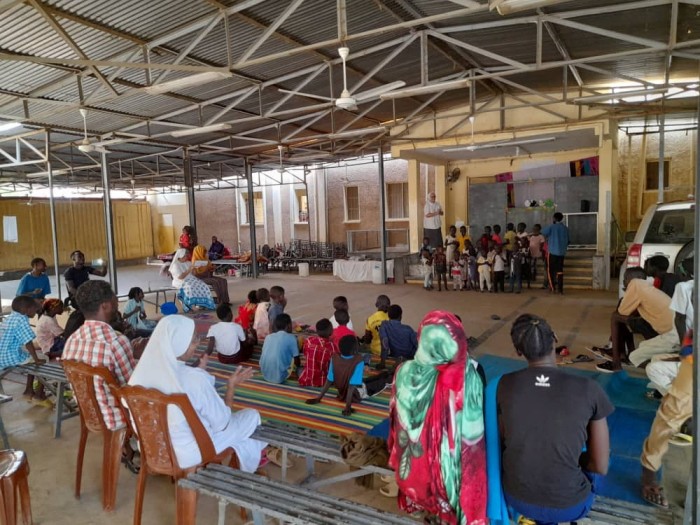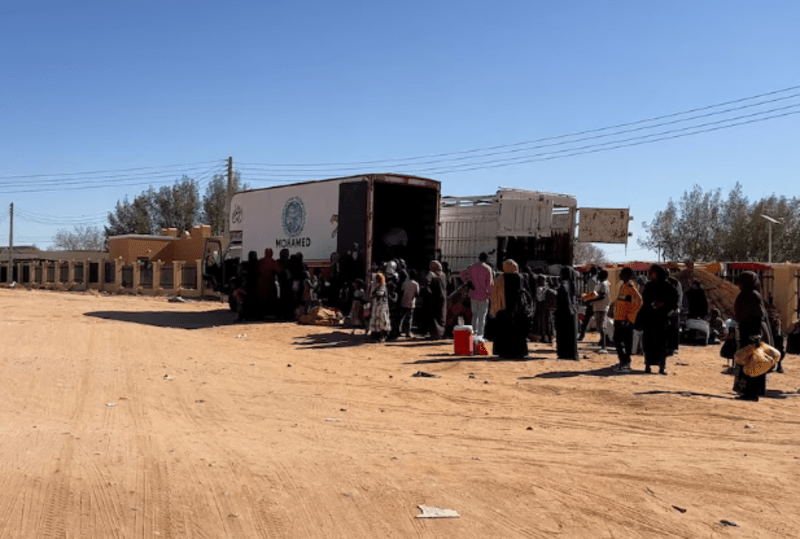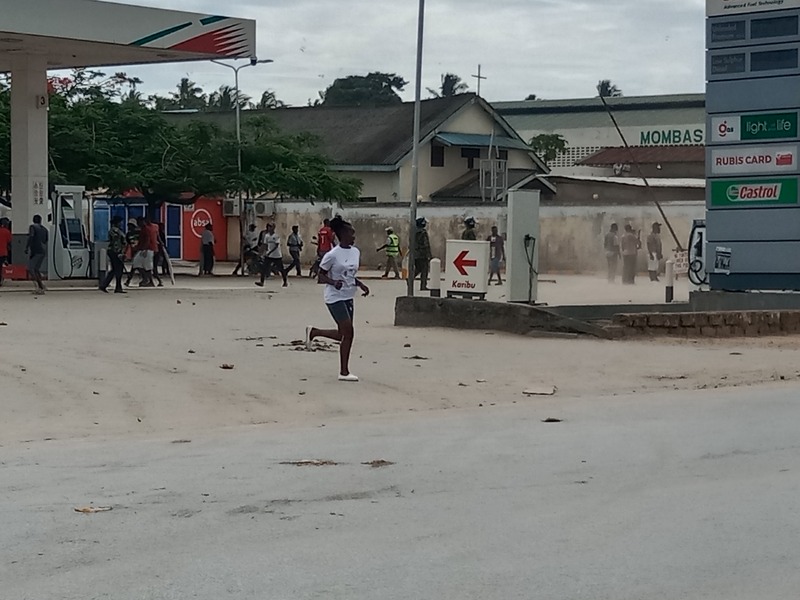Garissa County steps up livestock surveillance after disease outbreak
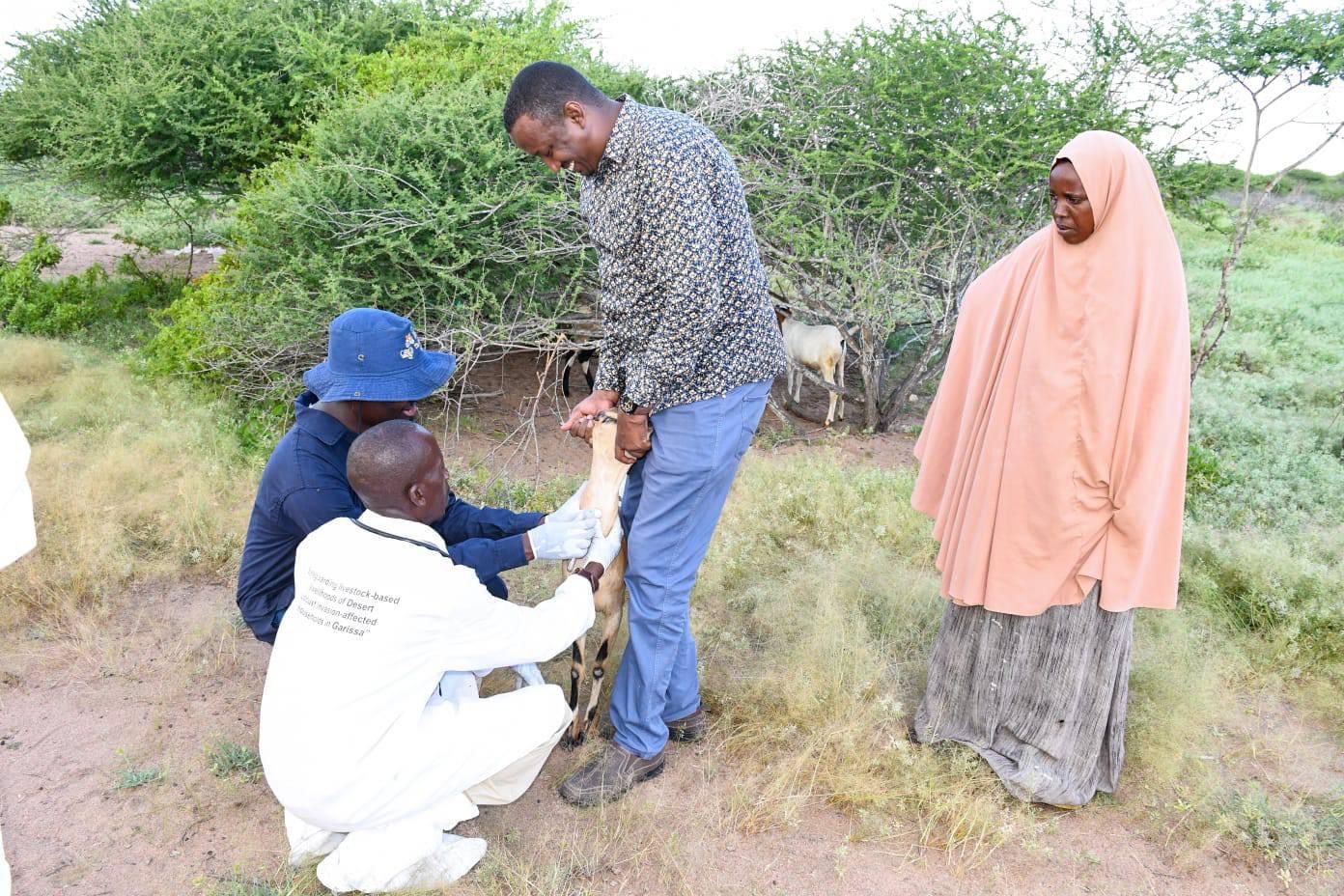
By Issa Hussein |
The Garissa County One Health Unit, in collaboration with the International Rescue Committee, has launched a comprehensive livestock disease surveillance exercise following an outbreak that claimed the lives of several camels.
The Garissa County One Health Unit, in collaboration with the International Rescue Committee, has launched a comprehensive livestock disease surveillance exercise following an outbreak that claimed the lives of several camels.
Dr. Haret Hambe, Director of Livestock Development, explained that the initiative was prompted by reports of increased livestock deaths, identified by newly trained community animal health workers deployed across sub-counties to monitor waterborne and vector-borne diseases.
Keep reading
The One Health Unit, comprising teams from the livestock and health departments, plays a crucial role in detecting and responding to zoonotic diseases affecting both humans and animals.
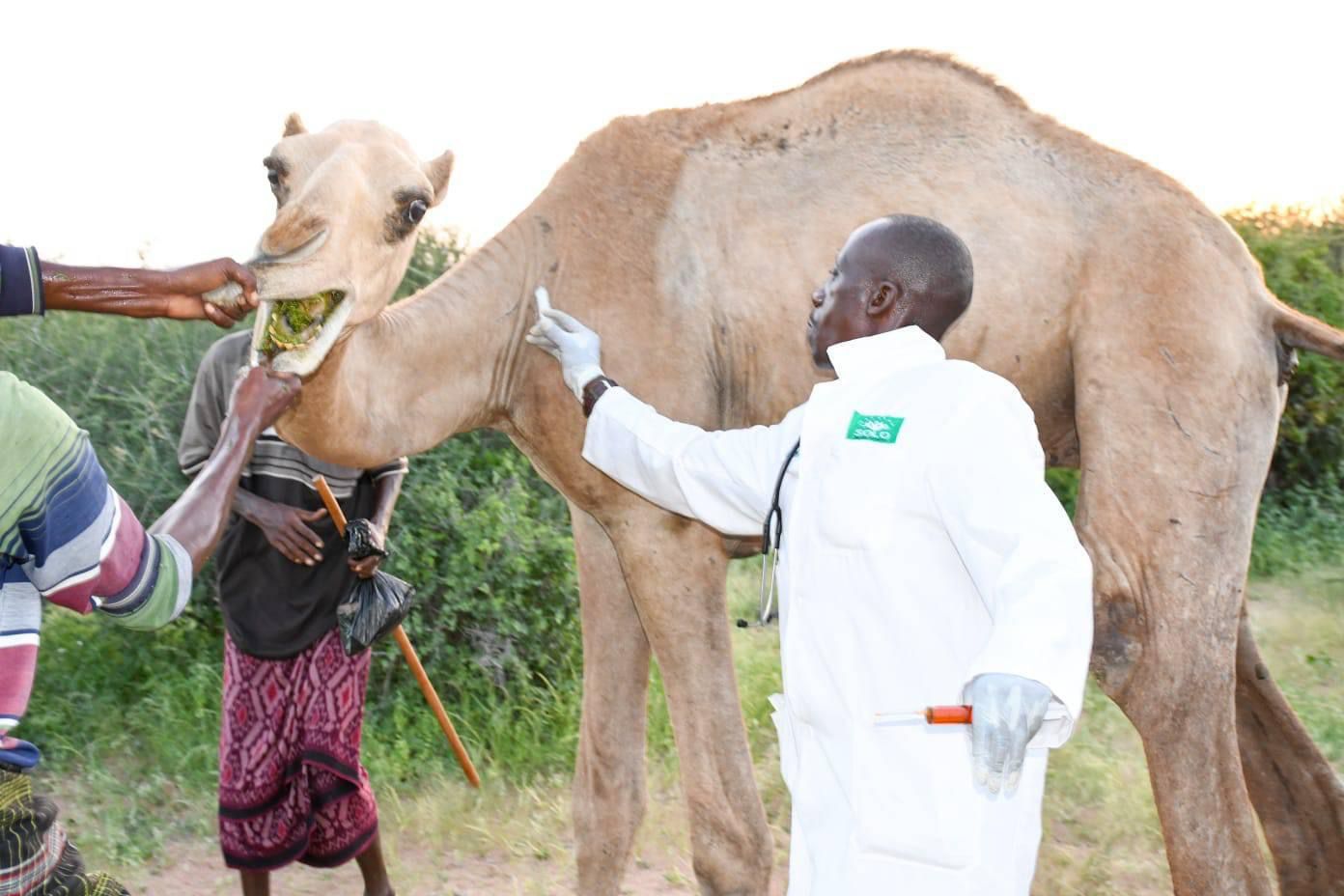 A vet doctor vaccinating a camel in response to the outbreak
A vet doctor vaccinating a camel in response to the outbreak
"The ongoing surveillance involves environmental assessments, disease outbreak investigations, disease vector trapping, sample analysis, and reviewing trends of human illness in health facilities," Dr. Hambe elaborated. "This triangulation helps us establish a clearer picture of the situation."
He expects the team to finalize the report and present their findings on Thursday next week. Meanwhile, three separate veterinary teams have been deployed to various sub-counties for vaccination, treatment, deworming, and vector control activities.
The surveillance team comprises veterinarians, health officials, experts from the Regional Veterinary Investigation Laboratory, and specialists from the zoology and entomology unit.
This proactive approach is particularly significant in light of a recent alert from IGAD and FAO predicting an 80 per cent chance of a Rift Valley Fever outbreak in East Africa. This highly contagious disease affects both humans and livestock, making proactive surveillance and preventative measures critical.






